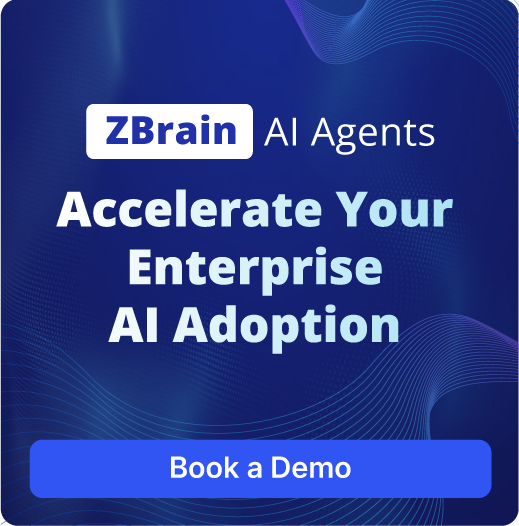Streamlining the testing process, the Automated Unit Test Generator Agent enhances code reliability and maintainability. By automating test case creation, it eliminates human error and ensures continuous validation with every code update, catching potential issues early and reducing the risk of undetected bugs in production. This proactive approach instills greater confidence in code stability, leading to smoother deployments. Additionally, by freeing developers from the task of manual test case generation, the agent enables them to focus on core activities like coding and refinement, speeding up development timelines and ensuring the delivery of high-quality applications that meet both business and user expectations.
Furthermore, integrating the Automated Unit Test Generator Agent within existing enterprise systems ensures seamless workflows and supports continuous improvement in testing practices. The agent's capacity for learning from human feedback means that it continually evolves to meet the dynamic needs of development teams. With a human feedback loop, any suggestions or insights provided are used to refine the agent's functionality, ensuring that it remains aligned with current testing requirements and industry best practices. This adaptability helps organizations maintain a competitive edge by ensuring that software applications meet performance criteria and are prepared to address emerging challenges.
Accuracy
TBD
Speed
TBD
Input Data Set
Sample of data set required for Automated Unit Test Generator Agent:
def add_numbers(a, b): return a + b
| a | b | expected_output | description |
|---|---|---|---|
| 1 | 2.0 | 3 | Normal addition |
| -1 | -1.0 | -2 | Addition of two negative numbers |
| 0 | 0.0 | 0 | Adding zero values |
| 5 | -3.0 | 2 | Positive and negative number |
| 1.5 | 2.5 | 4.0 | Floating-point addition |
| 1000000000.0 | 1000000000.0 | 2000000000.0 | Large number addition |
| 1e-09 | 1e-09 | 2e-09 | Very small number addition |
| abc | 1.0 | Error | Invalid input: non-numeric value |
| 1.0 | Error | Invalid input: None type |
Deliverable Example
Sample output delivered by the Automated Unit Test Generator Agent:
| a | b | expected_output | actual_output | test_result | description |
|---|---|---|---|---|---|
| 1 | 2.0 | 3 | 3 | Passed | Normal addition |
| -1 | -1.0 | -2 | -2 | Passed | Addition of two negative numbers |
| 0 | 0.0 | 0 | 0 | Passed | Adding zero values |
| 5 | -3.0 | 2 | 2 | Passed | Positive and negative number |
| 1.5 | 2.5 | 4.0 | 4.0 | Passed | Floating-point addition |
| 1000000000.0 | 1000000000.0 | 2000000000.0 | 2000000000.0 | Passed | Large number addition |
| 1e-09 | 1e-09 | 2e-09 | 2e-09 | Passed | Very small number addition |
| abc | 1.0 | Error | Error | Passed | Invalid input: non-numeric value |
| 1.0 | Error | Error | Passed | Invalid input: None type |

Change Plan Drafting Agent
Generates initial implementation and testing plans for change requests by analyzing request details and referencing past changes.

Contextual Triage Agent
Automatically collects and consolidates contextual information from logs or monitoring tools to enrich incident or request tickets, accelerating root cause analysis and resolution.

License Audit and Optimization Agent
The License Audit and Optimization Agent scans software usage data to identify underused licenses and recommends cost-saving actions like downgrades or removals, optimizing license allocation and reducing costs.

SLA Compliance Monitoring Agent
Automates the monitoring of Service Level Agreements (SLAs), ensuring that IT services meet agreed-upon performance metrics and alerting teams when SLAs are breached.

Code Documentation Generator Agent
Automatically generates detailed code documentation from the source code, ensuring that developers have access to accurate and up-to-date documentation.

Network Downtime Alert Agent
Monitors network performance and automatically sends alerts when downtime or performance degradation is detected.

